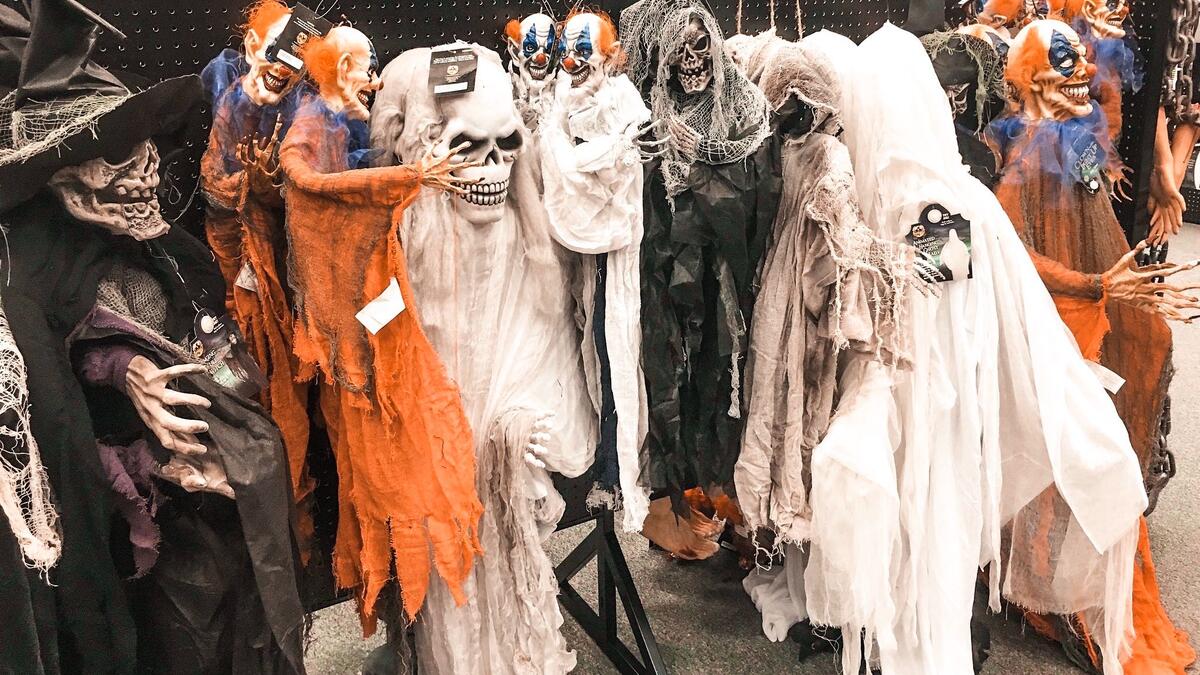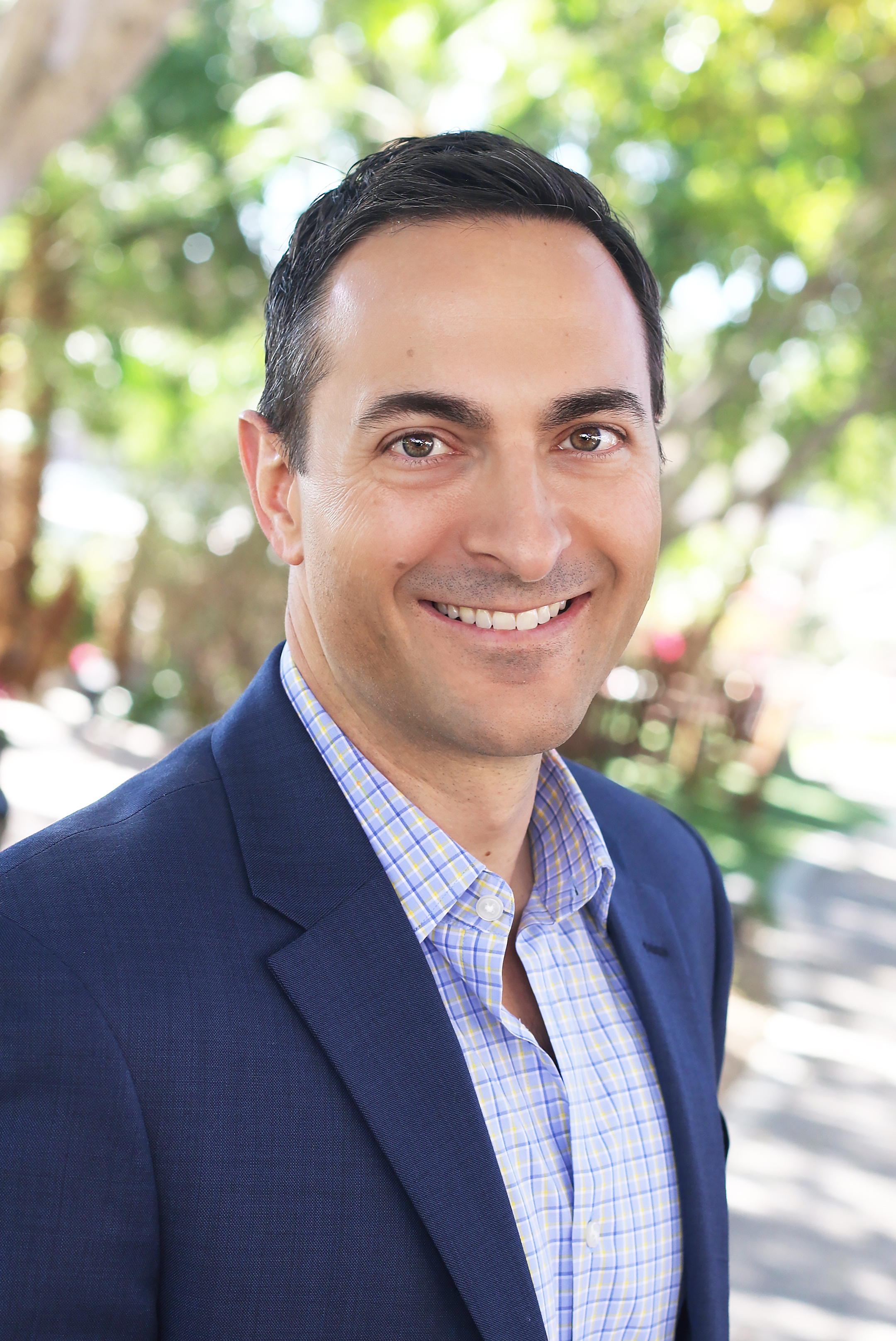Between the costumes, decorations and props, temporary Halloween stores — like Spirit Halloween — provide a one-stop shopping experience for all things spooky. The stores open in malls and open-air shopping centers with scant warning, and are seemingly gone before the ink is even dry on the lease.
To learn more about how Halloween pop-up stores operate, ASU Now spoke with Mathew Avrhami, faculty associate in Arizona State University's W. P. Carey School of Business.
QUESTION: Every year a couple months before Halloween, Spirit Halloween (and other temporary Halloween retailers), suddenly appear around town. How do these businesses work?
Mathew Avrhami
ANSWER: Halloween pop-up stores are most widely associated with Spirit, who is the largest seasonal retailer —selling trick or treats during the fall season and closing up during the first week of November. These businesses sell seasonal items in otherwise empty spaces, and there’s no shortage of empty retail space.
If you keep noticing more going-out-of-business sales, there's a startling reason: Forever 21, Walgreens, Dressbarn, GameStop, Gap and other chains have already announced over 8,500 store closings in 2019 — way more than we saw during all of 2018. That's according to Coresight Research, which predicts the number could hit 12,000 by the end of the year. As online shopping continues to grow, another 75,000 stores could be lost by 2026, according to investment bank UBS.
Halloween pop-up stores like Spirit Halloween bring revenue to empty big box spaces for landlords, who appreciate the extra income. Typically, even if a landlord signs a four-month lease with Spirit Halloween and a new potential tenant shows up the next day, it’s at least four to six months before the lease actually gets signed, so there really is no loss in income.
Landlords are figuring out that retail competes with online by offering some combination of one or all of the following: a special experience, instant gratification and assurance of purchase. Trying out seasonal or temporary pop-up retail concepts can bring in shopping center traffic and test out new concepts, so the idea isn’t strictly for Halloween.
Q: How profitable are these stores?
A: There are reportedly “over 1,300” Spirit Halloween stores in the United States. Not to be outdone, in 2018 Party City opened approximately 250 Halloween City pop-ups.
Not wanting to invite competition, the stores try to keep their numbers under wraps. However, the Halloween retail industry is worth approximately $9 billion, and an estimated combined 67% will be spent at a retail location, according to the National Retail Federation.
So, while we don’t know specifics, we can conclude that well-merchandised Halloween pop-up stores in good locations can perform very well during the season.
Q: How do they find the retail space for such a short lease?
A: Spirit Halloween’s senior director of real estate, Frank Pacera, has stated in the past that, “pretty much Nov. 1, the minute our door is closed, we are — or actually, before our doors close — we are prepping for the next season. We literally are, 12 months out of the year, getting ready for this holiday. … Right after we close our doors, we have a field operation of people who are based throughout the country, and they basically scout their entire markets that they’re responsible for on a regular basis.”
Those agents spend months negotiating the deals. The typical store is somewhere between 7,000 and 10,000 square feet, though some are smaller. In suburban areas, Spirit Halloween’s agents look for vacant real estate in shopping centers that have “other national tenants,” like Best Buy, Target, or Walmart.
Q: How do online retailers compare to brick and mortar stores in terms of sales? Has online shopping made these in-person stores less profitable or popular?
A: Chainstore Age reports that online search remains the top source of Halloween inspiration, cited by 35% of consumers surveyed, followed by browsing in stores at 28%, and ideas from friends and family at 20%.
Inspiration from social media has increased across several platforms since 2015. Pinterest was cited by 18%, up from 13% in 2015; 14% cited both YouTube (up from 8%) and Instagram (up from 7%).
However, shoppers know Halloween costumes have varying degrees of quality, because some costumes, more than others, are essentially disposable clothes. Shoppers want to touch, see and feel the costume not only for quality, but for fit, style and inspiration too.
Spirit and other Halloween retailers have reported the busiest Halloween shopping occurs in the last two weeks before Halloween, which isn’t a lot of time to order, return for sizing, style or fit, and re-order costumes online; but, there is plenty of time to cover that in person at a retail store.
So, in conclusion, yes online shopping has taken some retail sales away from brick and mortar stores, however the stores continue to do very well because of consumer demands that online shopping just can’t provide.
Top photo courtesy of Mike Mozart, Flickr.
MORE HALLOWEEN TREATS
- Unmasked: A Look at Halloween's costuming history
- ASU students tap into fantasy for 'Kiss of the Spider Woman' costumes
- The business of Halloween
- How to enjoy Halloween treats responsibly
- Entomology: The real ghouls of nature
- Monster mash-up: English profs' fave myths and legends
- Watch: 'Monstrum' host Emily Zarka talks monsters
More Business and entrepreneurship

Thunderbird at ASU ranked No. 1 in QS International Trade Rankings for third consecutive year
For the third consecutive year, Thunderbird School of Global Management at Arizona State University has been recognized as the world leader in international trade, a distinction awarded by…

'Meating' dietary needs: Study sheds light on how rising prices affect meat consumption
When prices on certain food items go up — like eggs and meat — because of the rise in plant-based diets, consumers can find an alternative.But our diets are also culturally conditioned, so for some,…

Wearing multiple hats can lead to personal satisfaction
It seems like everybody has a side hustle these days — from the entertainer with their own perfume line to the CEO who writes self-help books, or the teacher who sells toy collectibles on eBay. …



